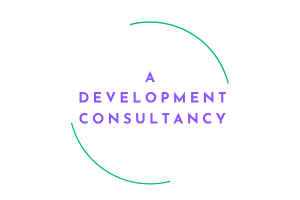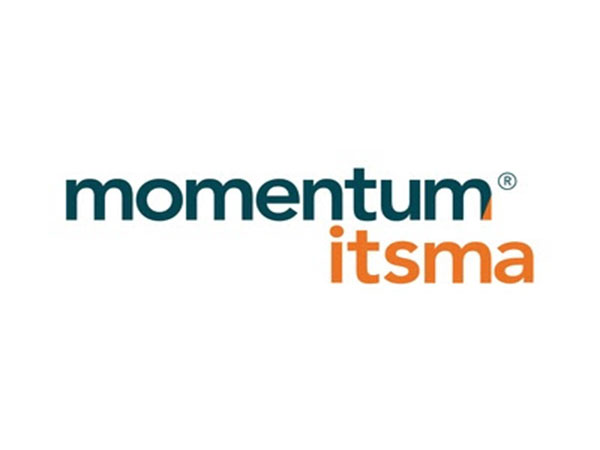BOOK REVIEW: Millennials, Goldfish and Other Misconceptions by C.N. Quinn
When it comes to HR colleagues, we learning professionals must be right up there in our love to quote a theory. Whether it be 55-38-7 (Mehrabian), the fact that everything should now be delivered via a micro-learning session, or that images are 60,000 times better than text, the way we hone our craft is highly influenced by those who have come before us.
But what if these theories were more ‘factoid’ than ‘fact’? What if it isn’t only men who are unable to multitask? Does brain training really improve your mental reasoning? And is there a truly reliable way to evaluate how effective learning interventions have been?
Book title: Millennials, Goldfish and other Misconceptions
Author: C.N. Quinn
Rating: ***** Category: Well-rounded read
What’s it about?
Clark N. Quinn’s Millennials, Goldfish and Other Training Misconceptions is a fantastic, pocket-sized almanac of training ‘theory’ for the learning afficionado. At 182 pages, it’s highly accessible and indeed, not intended to be read cover-to-cover… instead, you can dip in and out, finding the specific theory you want to check. Each claim is evaluated in two different ways, firstly with some narrative and research or citations to support Quinn’s assessment, then secondly in a summary grid with key recommendations on how you can best utilise the assertion.
The detail
The book evaluates 38 different learning assertions and helps you decide whether or not they are based on reliable fact, have been superseded by later thinking, or are complete fallacy. It’s a surprising dive into some well-known names in learning theory which challenges designers to really think about how we’re influencing learners and, indeed, how we’re being influenced.
I’ve lost count, for example, how many times I’ve read that people now have a shorter attention span now than they ever have had, but it turns out the data that supports the assertion is questionable at best and sensationalist at worst. Without needing to get into the minutia of the research, this pocketbook gives the reader the confidence to challenge the fallacy. A warning however, that some serious rethinking on what we include in our workshops might be necessary, and you’ll probably never use Mehrabian again!
Summary
This is a really empowering little read which gives learning professionals a quick reference guide to flick through when designing materials. The balance between his insights and opinions, supported by peer-reviewed research, is highly valuable. Clark N. Quinn is a reputable writer in the field, but the fact that he’s included every citation he used in writing the book gives you that additional confidence that it can be relied upon.
Who would benefit from reading this book?
Any learning professionals who want to double-check their thinking when writing a programme or intervention, with limited time to spare.
What we liked about the book
Easy-to-digest theoretical content, the condensed nature of what is clearly significant levels of research, the balance of the challenge and suggestions on how a learning professional can use each of the theories. Reading the first 15 pages gives you a good insight into the thinking behind Quinn’s research; after that, you can dip and dive into whatever you need without reading every page.
What we didn’t like
The re-drafting work that inevitably follows!
More about the author, Clark Quinn
Clark Quinn, Ph.D. provides learning technology solutions to corporations, governments, not-for-profits and education organisations. Quinn is an internationally-known consultant, speaker and author who has written eight books as well as numerous articles and chapters. He integrates a deep understanding of thinking and learning with broad experience in technology to improve organisational execution, innovation and performance.
In 2012, Clark was recognised as the eLearning Guild’s first Guild Master. He thinks ‘out loud’ at learnlets.com, tweets as @quinnovator and works on behalf of clients through Quinnovation.
Other books by this author
Learning Science for Instructional Designers
Revolutionize Learning and Development
Designing mLearning
Make it Meaningful
Engaging Learning
At People Business we’re encouraged to research and read to keep up to date and to delve deeper into areas that our professional lives take us. If you’re interested in speaking to one of our experienced and informed consultants, do get in touch.




